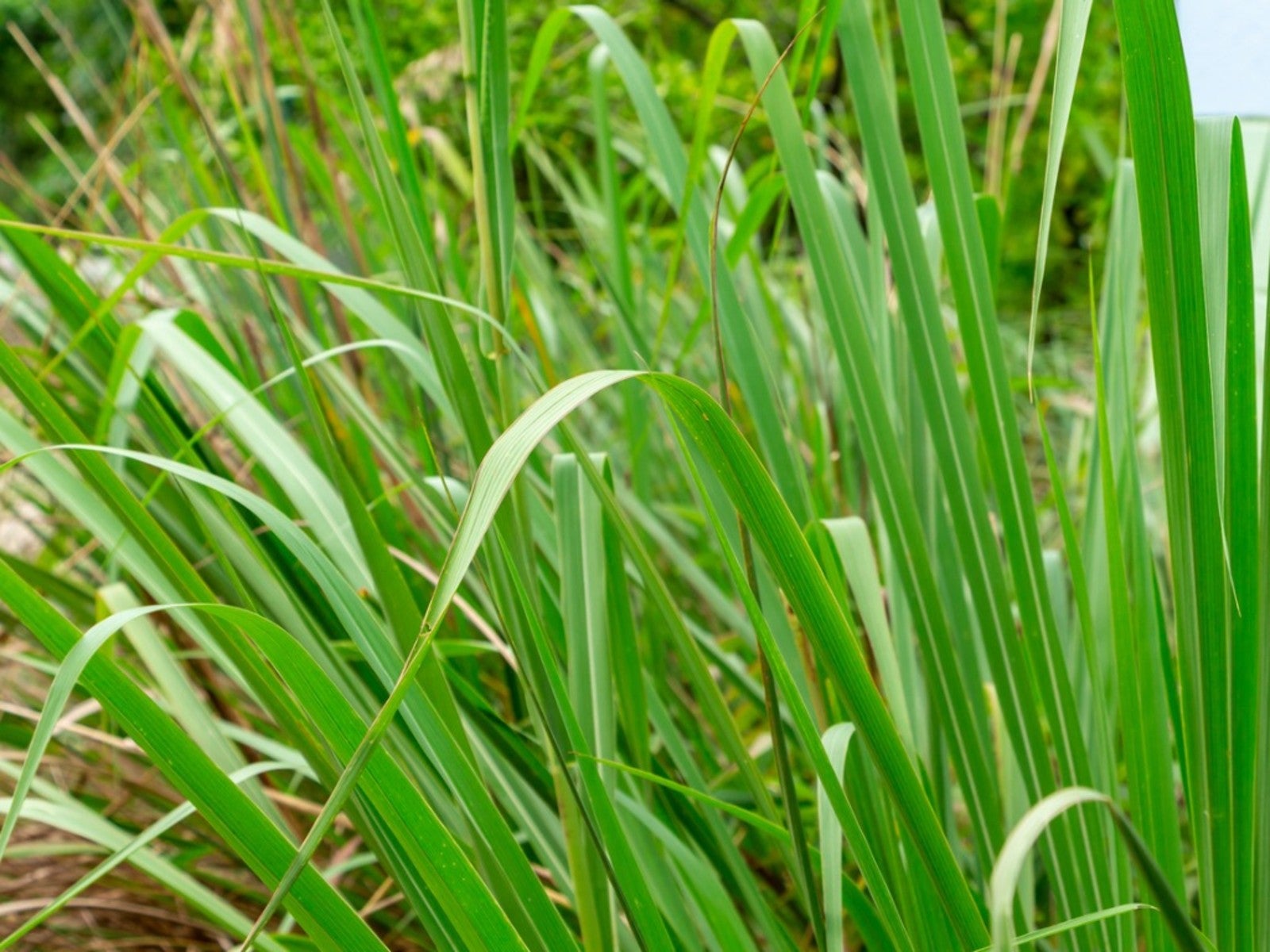What Is Gamagrass – How To Plant Eastern Gamagrass Seed


Eastern gamagrass plants are native to the eastern U.S. and can grow as tall as eight feet (2 m.) high. Although once prevalent across eastern states, European settlers allowed animals to overgraze gamagrass and it is now rare to find it in natural settings. As a grass for forage or hay, it is highly productive and easy to grow.
About Eastern Gamagrass
Tripsacum dactyloides, or eastern gamagrass, is a native perennial. It is a warm season bunch grass that grows well in soil that is well-drained but also in poor-draining soils. It is well-adapted to wetter areas and can tolerate flooding.
Among native grasses, gamagrass is one of the most productive. It is an excellent grass to grow if you have livestock needing summer forage. It is also a good option to make hay. Overgrazing destroys gamagrass quickly, though, so make sure you rotate it and when cutting to make hay, leave six to eight inches (15-20 cm.).
When to Plant Gamagrass
Gamagrass is often planted with corn between the rows. This can provide a good guide for when to plant gamagrass. Start the seeds during early corn planting with the corn first, followed by gamagrass. Generally, you’ll be planting in the spring and the soil should have reached 55 degrees F. (13 C.)
How to Plant Eastern Gamagrass
Germination of eastern gamagrass seed can fail if you skip the stratification process. This means wet-chilling the seeds at about 35 degrees F. (2 C.) for several weeks before planting. You can also buy seeds that are already stratified. Plant the seeds in prepared soil and at a density of about ten pounds of seeds per acre.
When planting eastern gamagrass, weed control is important. Pre-emergent weed treatments, or planting with corn and other grasses, can help manage weeds. After one year of successful growth with the gamagrass established, weeds shouldn’t be a problem.
Also avoid harvesting any of the grass until one year of good growth. Also be sure that you rotate livestock if using gamagrass as forage. Rotational stocking will ensure that the grass is not overgrazed.
Gardening tips, videos, info and more delivered right to your inbox!
Sign up for the Gardening Know How newsletter today and receive a free copy of our e-book "How to Grow Delicious Tomatoes".

Mary Ellen Ellis has been gardening for over 20 years. With degrees in Chemistry and Biology, Mary Ellen's specialties are flowers, native plants, and herbs.
-
 Looking For Plants To Give You The Soft And Fuzzies? Try These 5 Fuzzy Leaf Plant Options
Looking For Plants To Give You The Soft And Fuzzies? Try These 5 Fuzzy Leaf Plant OptionsLovers of texture, drama, silver foliage and tactile plants will adore these special sensory garden additions. These fuzzy leaf plant options will leave you all aglow
By Susan Albert
-
 Get Ready For A Summer Of Hummers! Grow These Full Sun Hummingbird Plants and Flowers
Get Ready For A Summer Of Hummers! Grow These Full Sun Hummingbird Plants and FlowersIf you’re lucky enough to enjoy a sunny backyard, make sure you are maxing out on your pollinator opportunities and grow these full sun hummingbird plants and flowers
By Tonya Barnett